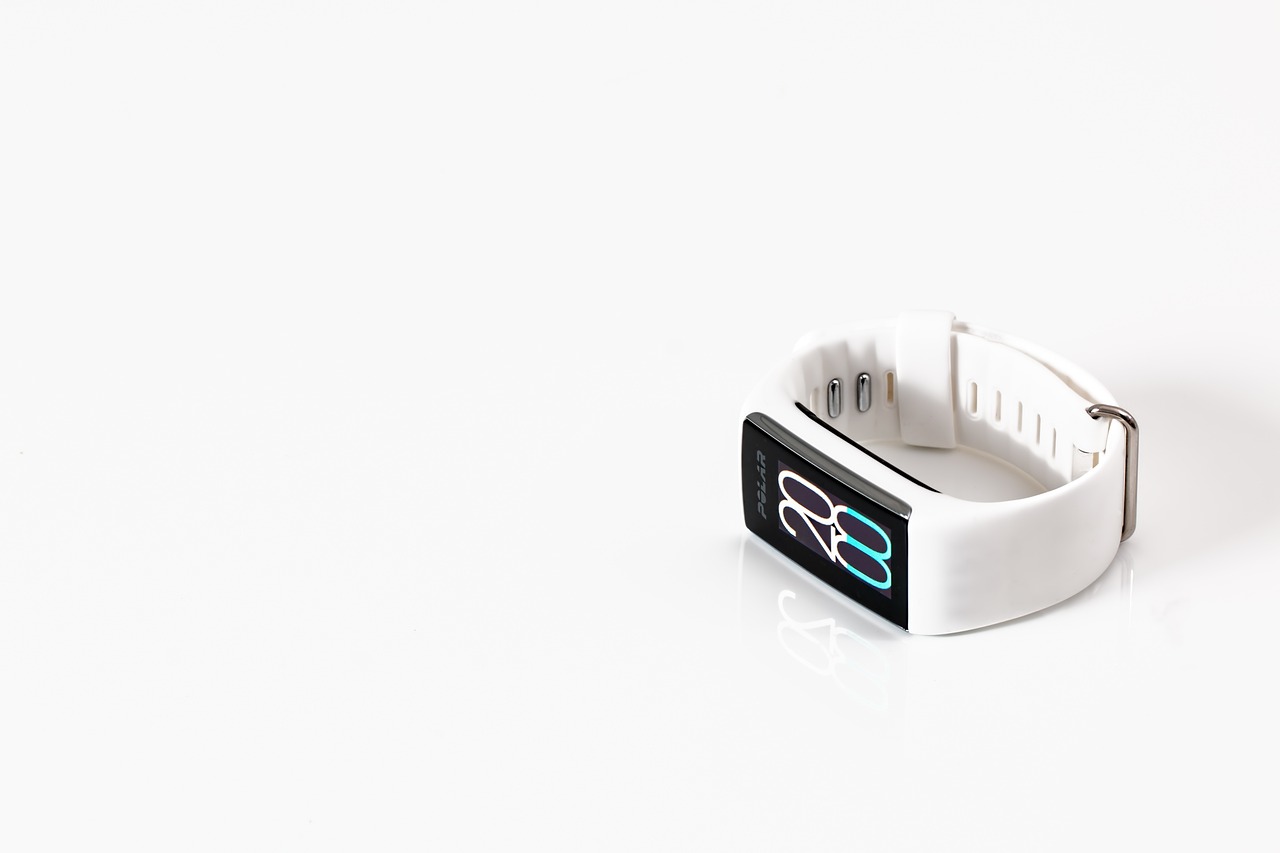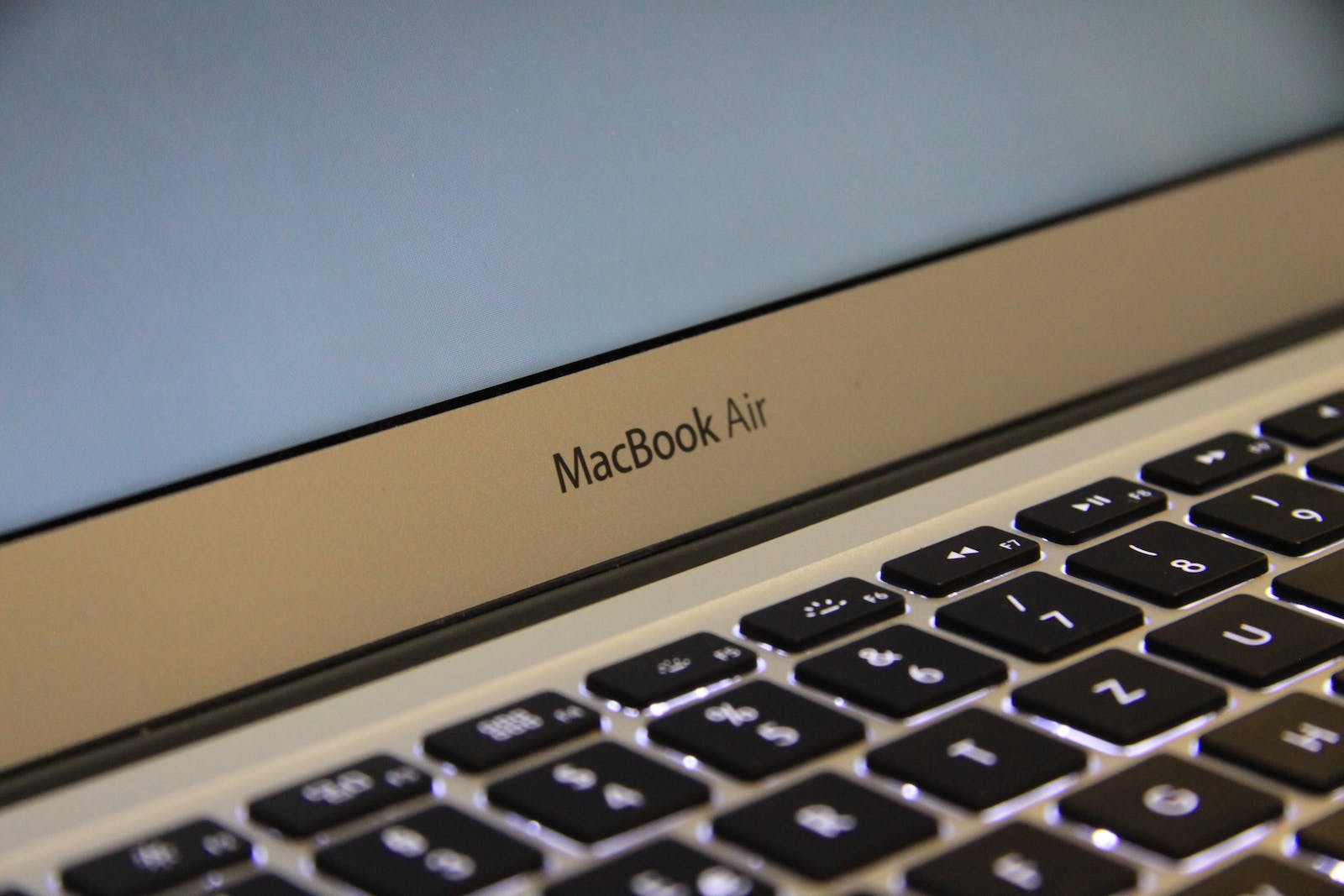The Pros and Cons of Wearable Technology: What You Need to Know
Exploring the Benefits and Drawbacks of Wearable Tech
Wearable technology has become increasingly popular in recent years, offering a range of devices that can be worn as accessories or even as clothing. From smartwatches and fitness trackers to augmented reality glasses and health monitoring devices, the possibilities seem endless. People are drawn to the convenience and functionalities of these gadgets, yet there are concerns about privacy, health implications, and dependency on technology. In this article, we will delve into the advantages and disadvantages of wearable technology to provide you with a well-rounded understanding of this rapidly evolving industry.
We will explore how wearable technology can improve daily life, enhance health and fitness, and provide seamless connectivity. Conversely, we will also address the potential drawbacks, such as privacy issues, data security risks, and overreliance on devices. By the end of this article, you will have a clearer perspective on whether wearable technology is a revolutionary innovation or a potential cause for concern.
Pros
Wearable technology offers an array of benefits that can significantly improve various aspects of daily life. Here are the key advantages of incorporating wearable tech into your lifestyle:
Enhanced Health and Fitness Monitoring
Fitness trackers and smartwatches equipped with health monitoring features enable users to track their physical activity, monitor their heart rate, and even analyze sleep patterns. This data can provide valuable insights into one's overall health and help individuals make informed decisions about their well-being.
Convenience and Accessibility
Wearable devices offer the convenience of accessing information and notifications directly from the wrist or through voice commands, eliminating the need to constantly check smartphones or tablets. This accessibility can streamline daily tasks and improve efficiency.
Seamless Connectivity
With wearable technology, individuals can stay connected to their digital world without being tethered to a specific location. Whether it's receiving calls, responding to messages, or controlling smart home devices, the seamless connectivity enhances overall convenience.
Improved Productivity
Certain wearable devices are designed to boost productivity by providing quick access to calendars, reminders, and task management tools. This can help individuals stay organized and efficient throughout the day.
Personalized Data and Insights
Wearable technology often generates personalized data and insights tailored to the user's behavior, activity levels, and preferences. This personalized feedback can empower individuals to make positive lifestyle changes and achieve their goals.
Safety and Emergency Features
Many wearable devices come equipped with safety features such as GPS tracking, emergency SOS buttons, and fall detection capabilities. These features provide peace of mind for users and their loved ones, particularly in emergency situations.
Enhanced Performance Tracking
Wearable technology provides users with real-time data on their performance during physical activities. This can be especially beneficial for athletes and fitness enthusiasts, as it allows them to monitor their progress, set goals, and make necessary adjustments to their training regimens. By having access to detailed performance metrics, individuals can optimize their workouts and achieve better results.
Health Awareness and Preventive Care
Incorporating wearable technology into daily routines can raise awareness about one's health and encourage proactive measures for preventive care. From monitoring heart rate variations to detecting abnormal sleep patterns, these devices can alert users to potential health issues, prompting them to seek medical attention and make positive lifestyle changes.
Integration with Smart Home Devices
Wearable technology can be seamlessly integrated with smart home devices, allowing users to control various aspects of their home environment using their wearable device. This integration not only adds to the convenience of managing the smart home but also contributes to energy efficiency and overall comfort.
Gamification and Motivation
Many wearable technology applications incorporate gamification elements to motivate users to stay active and achieve their health and fitness goals. These gamified experiences provide users with challenges, rewards, and social interactions, which can significantly boost motivation and engagement in physical activities.
Missing a pro?
Let us know which pro you are missing!
Cons
While wearable technology offers compelling advantages, it also presents certain challenges and risks that should be carefully considered. Here are the key disadvantages associated with the widespread adoption of wearable tech:
Battery Life and Maintenance
The need for frequent charging and maintenance of wearable devices can be inconvenient for users, impacting the seamless integration of these gadgets into their daily routines. Limited battery life and technical malfunctions also pose usability challenges.
Dependency on Technology
Overreliance on wearable technology may lead to a diminished ability to function without these devices, potentially affecting users' problem-solving skills, memory retention, and social interactions. This dependency raises concerns about the long-term implications on human behavior and cognition.
Privacy Concerns
The collection, storage, and potential misuse of personal data by wearable devices raise significant privacy concerns. Users may feel uneasy about the level of surveillance and data exposure associated with these technologies.
Health Implications and Accuracy
There are ongoing debates regarding the accuracy of health data collected by wearable devices, as well as the potential impact of prolonged use on users' physical and mental well-being. Prolonged screen time and constant connectivity may have adverse effects on health.
Design and Fashion Limitations
Some individuals may find wearable devices to be aesthetically limiting, especially when it comes to fashion and personal style. The design aspects of wearable tech can be perceived as intrusive or incompatible with individual preferences.
Social and Psychological Impacts
Excessive reliance on wearable technology may lead to social isolation and psychological dependence, as individuals may become overly preoccupied with monitoring their health and fitness metrics. Moreover, the constant tracking of personal data could contribute to heightened anxiety and stress, as users may feel pressured to meet certain performance goals or health targets at all times.
Environmental Impact
The production, consumption, and disposal of wearable technology devices contribute to electronic waste and environmental pollution. As these devices often contain non-biodegradable materials and hazardous substances, their improper disposal can pose significant environmental risks. Additionally, the ongoing demand for new and upgraded wearable tech perpetuates the cycle of resource extraction and energy consumption.
Compatibility and Interoperability Issues
One of the disadvantages of wearable technology is the potential for compatibility and interoperability issues, especially when using devices from different manufacturers. Users may experience difficulties in syncing data or accessing certain features if the devices are not designed to work seamlessly together.
Cost and Affordability
The cost of wearable technology devices can present a barrier to adoption for some individuals. Higher-end devices with advanced features and capabilities can be expensive, making them inaccessible to users with limited financial resources. Additionally, the need for regular upgrades or replacements adds to the overall cost of ownership.
Data Security Vulnerabilities
As wearables continuously gather and transmit sensitive data, they become targets for cyber attacks and unauthorized access. Data security vulnerabilities pose a significant risk to the confidentiality and integrity of personal information.
Missing a con?
Let us know which con you are missing!
Conclusion
Wearable technology undoubtedly offers numerous advantages in terms of health monitoring, convenience, and connectivity. However, it is crucial to acknowledge the potential drawbacks, including privacy concerns, health implications, and overreliance on technology. As the industry continues to innovate, users and manufacturers must address these challenges to ensure that wearable technology fulfills its potential in improving lives without compromising essential aspects of privacy, security, and well-being.
What do you think?
Do you think the pros outweigh the cons?










